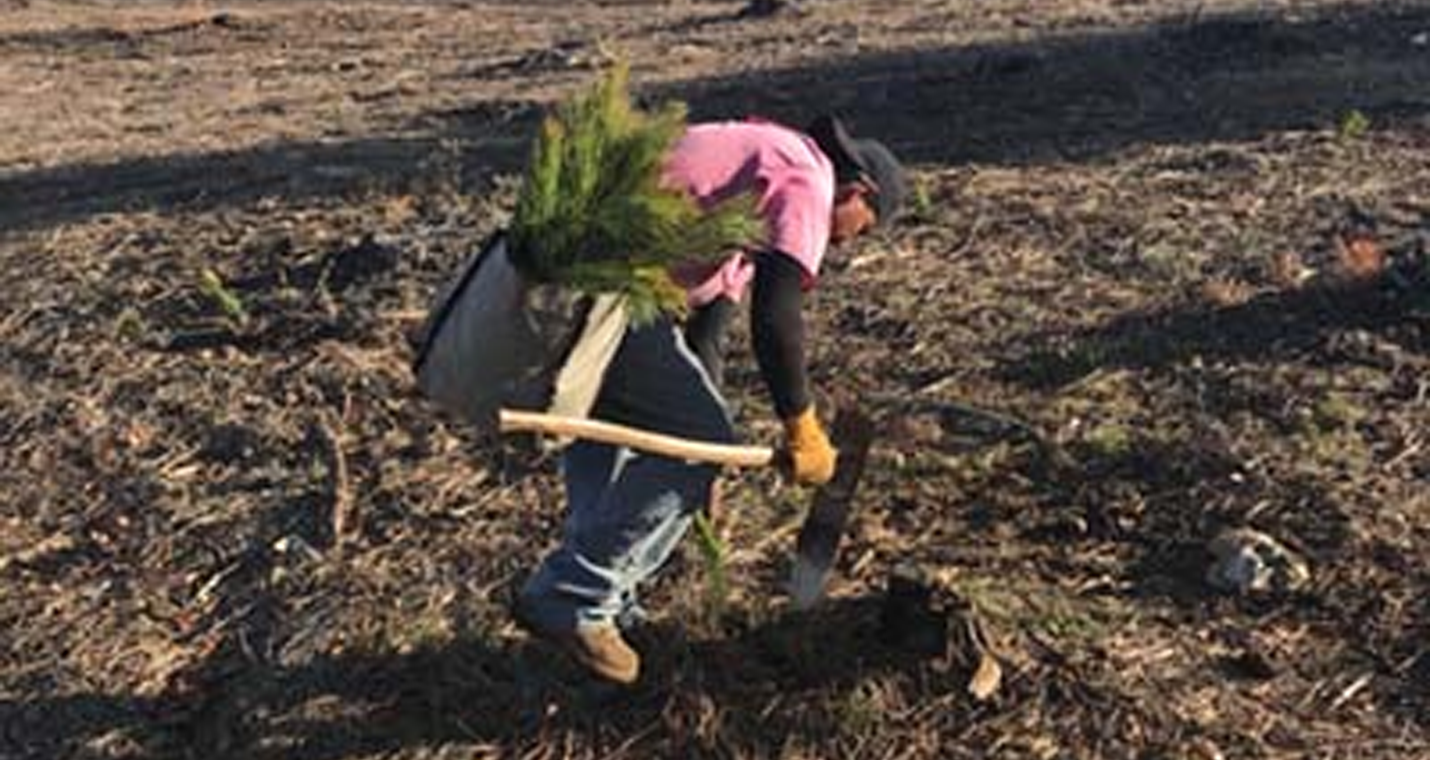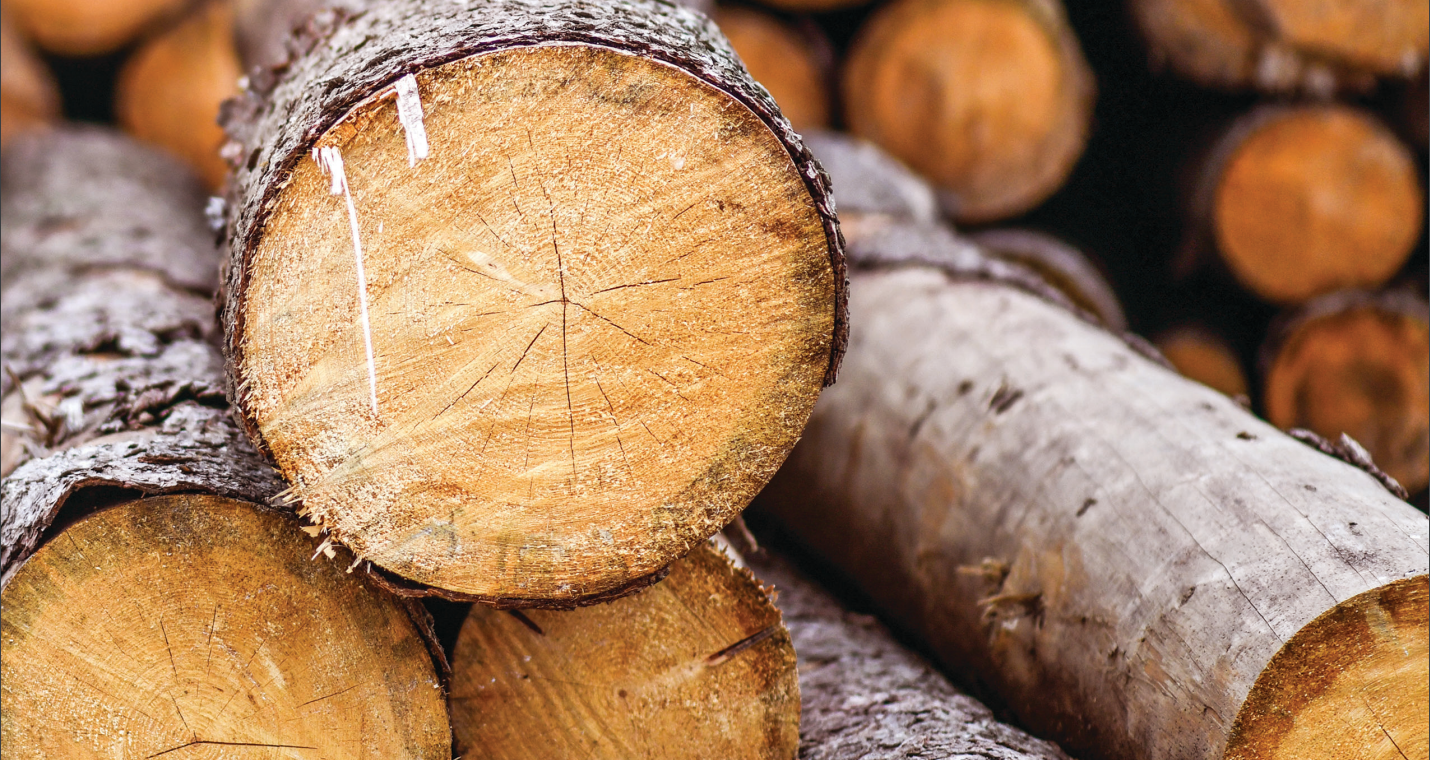
Let’s face it, pine seedlings can be pretty tough. Just because your seedlings are alive doesn’t mean that they are growing at their best. Survival is not enough to guarantee a good stand of timber at final harvest. Pine seedlings require sufficient sunlight and nutrients to become firmly established. Any other vegetation near that seedling will compete for site resources until the seedling reaches 4 to 5 feet in height. So, why bother doing an herbaceous or woody release treatment? The simple answer is that a little bit of extra care in those first few years can result in more value at the end of rotation. A release treatment allows the seedling room to grow by controlling the competing vegetation. Not only does free growing space increase survival chances for the seedling, but it also increases the growing potential of the seedling, allowing it the potential for greater quality growth over time (Cunningham et al., 2019). Controlling weeds in the early years of a tree’s development leads to larger stem diameters (Miller et al., 2003) and will have more growth flushes and longer shoot elongation at each flush, effectively increasing height growth (Hansen and Bilan, 1989). Release can be accomplished using mechanical or chemical methods, or by a combination of the two.

It is almost time to start planting pine seedlings in southeast Georgia. The usual plant window starts around the end of October and runs until the end of February, but be sure there is adequate moisture before planting begins. Here are some things to consider when planting a stand of pine trees.

"Increasing the Financial Returns on Your Timberland" with Dr. David Dickens (Professor of Forest Productivity at UGA Warnell School of Forestry & Natural Resources), Tim Miller (Director of Membership Georgia Forestry Association), and Mark Fryer (Partner at AssuredPartners).

This document contains results from the PMRC-AUSHC SP-4P study that was initiated in 1994 to evaluate the effects of bedding timing and frequency and preplant herbicide applications, with and without first growing season herbicide application for herbaceous weed control, on growth of three slash pine (Pinus elliottii Engelm.) plantations and one loblolly pine (Pinus taeda L.) plantation on bedded flatwoods sites.

This report is the latest in a series that began in 2002 and it underwent a significant restructuring in 2003 to reflect the change in industry classification systems from Standard Industrial Classification (SIC) to North American Industry Classification System (NAICS) used by data collection agencies (primarily the Georgia Department of Labor) that provide much of the data used in these analyses. Also, some minor adjustments were made in the 2011 NAICS list to reflect the changes in the new 2012 NAICS code definitions.
